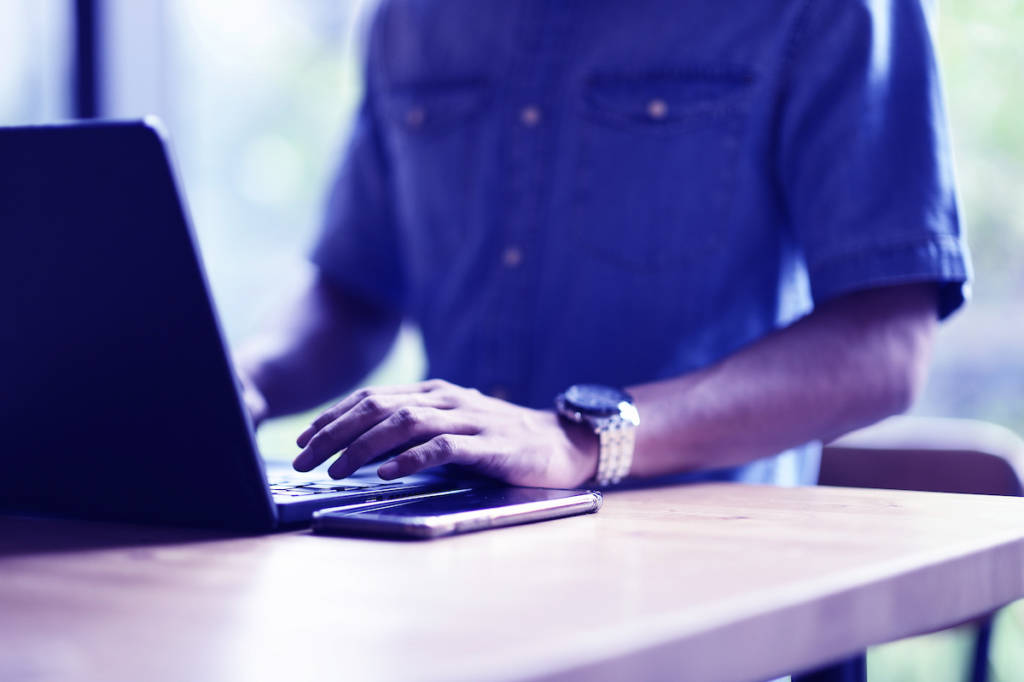- Solutions
- Banking
- Payments hubAccept, transform, and transmit any payment, for any purpose, in any form, from any source in real-time, all in one cloud-native platform
- AcquiringDigital acceptance, merchant management
- IssuingDigital payments and accounts issuing
- Fraud managementReal-time enterprise fraud management
- ATMsSelf-service, omnichannel digital experience
- Domestic RTGS and cross-borderMulti-bank, multi-currency processing
- Real-time paymentsComplete real-time payments processing
- Digital central infrastructureCutting edge real-time payment infrastructures
- NEW Payment Hubs: Why Banks Must Move Forward With Urgency
- Merchant payments
- ACI Payments Orchestration PlatformEnable customer journeys across commerce channels, accept payments, prevent fraud and optimize your payments journey
- In-storeDynamic, modern in-store payments
- eCommerceOnline and mobile payments
- Alternative payment methodsGive more ways to pay
- Value-added servicesEngagement, optimization and reporting
- Fraud managementEnd-to-end fraud orchestration
- Risk, security, and complianceAchieve and maintain compliance
- NEW Datos names ACI Worldwide best-in-class in payments orchestration
- Industries we serve
- Billing and bill payments
- ACI SpeedpayDrive customer satisfaction with the widest range of bill pay options in the industry.
- Bill payment APIs and SDKsOutsource bill payment processing
- Fraud managementAI-based fraud orchestration technology
- Alternative payment methodsGive more ways to pay
- Loan servicingPreferred loan payment options
- Treasury managementStreamline and integrate your back office
- Automated debt collectionImprove your collections process
- Digital walletsManage digital cards and payments
- PCI compliance and securityAchieve and maintain PCI compliance
- Industries We Serve
- Fraud management and payments intelligence
- Fraud managementFraud solutions to minimize risk and prevent fraud
- Fraud management for bankingEnterprise-wide fraud prevention
- Anti-money launderingStay ahead of money-laundering schemes
- Robotic process automationAutomate payment processing operations
- Fraud management in the cloudProtecting your business in the cloud
- Fraud management for merchantsProtect payments from end to end
- ChargebacksPrevent chargebacks before they happen
- SCA complianceAchieve and maintain SCA compliance
- Digital identity solutionsConfirm identities with behavioral analytics
- NEW Scamscope fraud report: APP scam trends from around the globe
CompanyPrime Time for Real-TimeDiscover the Real-Time Landscape in 2024 and Beyond
How are real-time payments redefining the global economy?
CustomersPartners
Home
Optimizing the meter-to-cash process is top of mind for utility companies looking to harness digital transformation to lower costs and improve customer experiences. Here, Chuck Layman, senior new business developer, ACI Worldwide, shares his tips for achieving this based on his work with enterprise utilities.
Engage delinquent customers on their terms
In delinquency cases, utilities too often default to forms of engagement that not only do not reflect customer preferences but have a tendency to exacerbate both the problem and its costs.
Recent results from the ACI Speedpay Pulse Survey show that 52 percent of past-due customers actively avoid communications from debt collectors. Overall, 40 percent of customers who are past due would prefer to make payment arrangements on a website or via a mobile device on their own time.
Rather than make unsolicited and unwelcome robocalls to customers on the very first day they go delinquent, utilities will likely have more success communicating through other channels. Instead, utilities should try reaching out via a short-code text message offering customers the opportunity to avoid incurring a late fee by either paying now, using the provided link, scheduling a payment or making a partial payment. This less-invasive, higher-adoption method of engagement helps to bring near-term delinquencies up to date at a higher rate than standard processes built around phone and mail and at a lower cost.
Today, when it comes to maximizing payments received and operational efficiency, engagement matters just as much as the payment channels you offer, if not more. Digital communication methods such as short-code text messages or notifications via digital wallets are what today’s consumers prefer, and they’re the lowest-cost channel for utilities. This is a win-win for engaging delinquent customers and bringing them up to date.
Be thoughtful about the journey from guest pay to autopay and paperless
The perfect low-cost customer profile is one who is enrolled in autopay through ACH or debit card payments and has switched to paperless billing. The likelihood of these customers becoming delinquent is very slim.
Efficiently motivating customers to make these choices depends on a couple of approaches. Of course, the earliest and best opportunity to enroll customers in autopay and paperless billing is right at the point of sign up. Whether in person or online, all customers should be prompted to sign up for autopay and paperless billing right there and then. They should be incentivized, too – for example, with small refunds on their first bill.
But what about customers who do not take up these offers? How do you convert them? The highest priority customers to target from this group are those who have not set up an online account and have instead decided to pay each month via guest pay. Those who have set up an account but have not yet registered for autopay and paperless will be easier to convert eventually through offers and incentives.
Each month, when non-registered customers return to the site to make payments, utilities must ensure that that they are able to identify them by their account number and street address to then replicate the ‘My Account’ experience (versus allowing them to easily and anonymously come and go).
This customer should be presented with the option to go paperless before they see their bill total and the pay button. The next prompt they see, again before they are shown the pay button, should be the opportunity to save their payment method for autopay in the future. Only then should they be shown the pay button.
The more often customers are shown these options, the greater the incentive becomes to accept them in the name of convenience. They may not respond the first or second time, but over time, this kind of online payments journey for non-registered customers will drive higher adoption of both autopay and paperless billing, driving costs down and net revenue up.
Combine this customer journey with well-timed text or email prompts, and it wouldn’t be unreasonable to target 60 percent and above to adopt autopay and paperless billing.
Lean on vendor expertise to minimize processing fees
Finally, utilities should also turn to their payment partners to help understand the fees associated with accepting different payment types – and find opportunities for reducing them.
The most common and recommended approach is to simply pass on to customers merchant processing fees, as either a service or convenience charge.
However, some regulators do not allow this. In these situations, utilities should ensure that their payments partner signs them up to the utility rate programs offered by all the major processors. This will ensure that the interchange fees incurred on customers’ credit cards are discounted to you as the merchant of record.
Since processors price the cost of fraud into their fees, utilities can also achieve lower fees by working with their vendor to ensure they collect the right kind, as well as the right amount, of data at the point of payment to adequately protect against unauthorized payments. Utilities should expect level three processing – the highest level – to access the lowest cost of transactions.
To learn more about how ACI Worldwide can transform your utilities payments platform, visit www.aciworldwide.com/industries/utility




